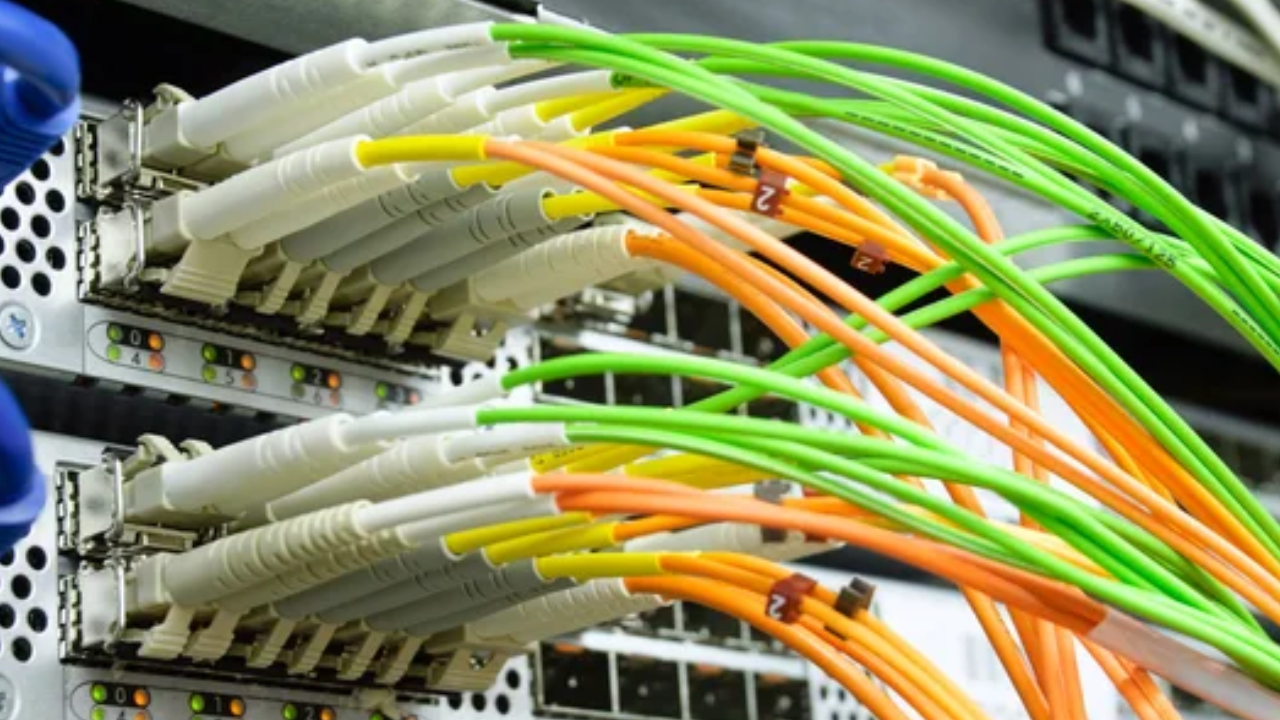Fiber optic accessories are essential components that supplement and improve the functionality of fiber optic networks, which rely on thin strands of glass or plastic to carry data by light. Accessories include connectors, adapters, splicing tools, cleaning kits, splitters, couplers, protective enclosures, and power management devices. Their relevance rests in guaranteeing the smooth operation, dependability, and lifespan of fiber optic systems.
Connectors and adapters make exact connections between fiber optic cables while splicing tools allow for smooth fusion or mechanical joining of fiber strands. Visit the website of Bonelinks to explore these fiber optic accessories. These accessories support high-speed and reliable data transfer, making them important to the operation of modern telecommunications infrastructures. The reasons why fiber optic accessories are significant are explained in more detail below.
Importance of Fiber Optic Accessories in Modern Telecommunications
Fibre optic technology is the foundation of high-speed data transmission in today's rapidly evolving telecommunications industry. Fibre optic cables have become the primary method of transferring large volumes of data across great distances with low signal loss. However, the efficiency and dependability of fiber optic networks extend beyond the cables themselves. Fiber optic accessories play an important role in assuring the smooth operation of these networks, improving performance, maintenance, and overall system integrity.
Connectors and Adapters: The Gateway to Seamless Connectivity
Connectors and adapters are crucial components of any fiber optic network. These small but vital accessories allow for the coupling of individual fiber optic cables, ensuring a constant and uninterrupted flow of data. Connectors are divided into various types, such as SC, LC, and ST, each playing a distinct role in different network setups. Adapters act as intermediaries, enabling seamless integration of multiple connector types, resulting in versatile and efficient network designs.
Splicing: Weaving the Web of Connectivity
Fibre optic cables are frequently extended or repaired in large network infrastructures. Here's where splicing comes in. Fibre optic splicing is the process of linking two fiber optic cables together to maintain signal continuity. Fusion splicing and mechanical splicing are the two most common procedures used for this purpose. Fusion splicing involves fusing the ends of two fibers to reduce signal loss. In contrast, mechanical splicing uses precisely aligned connectors to achieve a similar outcome.
Cleaning and Inspection: The Key to Longevity
Fiber optic networks are extremely sensitive to pollutants, including dust, grime, and moisture. Even tiny particles have a major impact on signal quality and transmission speed. Thus, regular cleaning and inspection are required to ensure peak efficiency. Fiber optic cleaning kits include instruments such as cleaning pens, wipes, and swabs that are designed to remove pollutants while avoiding damage to sensitive fibers. Furthermore, inspection equipment increases the network's overall longevity and reliability.
Splitters and Couplers: Efficient Data Distribution
In complicated network architectures, data distribution is required, and splitters and couplers play an important role. Splitters divide an incoming signal into numerous outputs, allowing data to be routed to multiple destinations at once. Couplers, on the other hand, integrate signals from various sources and produce a single output. These accessories are critical for increasing network efficiency and enabling the seamless integration of different components within a fiber optic system.
Protective Enclosures: Safeguarding the Core
Fibre optic cables are delicate and must be protected from external influences such as physical stress, moisture, and temperature changes. Protective enclosures, such as splice closures and terminal boxes, create a safe environment for vulnerable connection points and splices. These enclosures protect the delicate fibers from environmental threats, assuring the network's lifetime and reliability, particularly in extreme weather situations.
Power Management: Enhancing Efficiency
Controlling and controlling power levels in a fiber optic network is crucial to ensuring peak performance. Power management accessories, such as attenuators and wavelength division multiplexers (WDM), offer accurate signal strength control and optimal bandwidth utilization. Attenuators limit signal strength when appropriate, minimizing receiver overload, but WDM technology allows for the transmission of numerous signals over a single fiber, optimizing resource utilization and improving network capacity.
Summary
Fibre optic accessories are essential components in the field of modern telecommunications. Their various functions help to improve the efficiency, reliability, and longevity of fiber optic networks. These accessories play an increasingly important role in meeting the growing need for high-speed and reliable data transfer. Recognizing the importance of fiber optic accessories is critical for creating the future of interconnected and data-driven communication networks.


